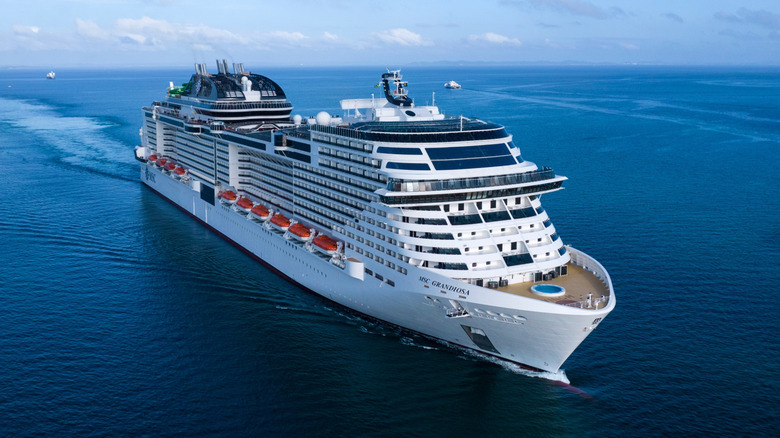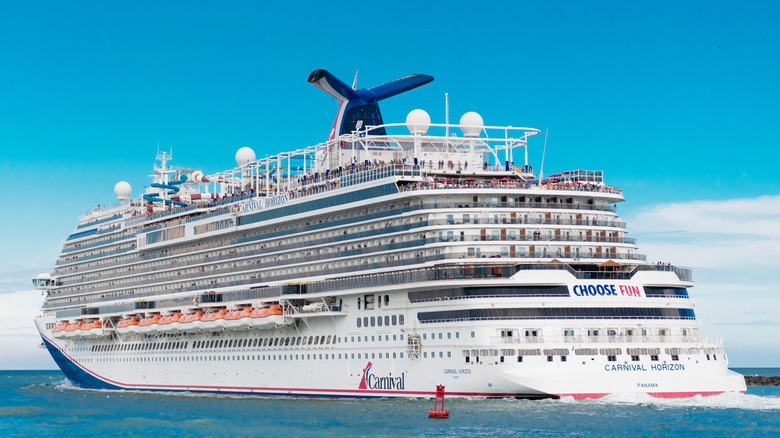What Kind Of Engines Do Cruise Ships Use & How Much HP Can They Produce?
Cruise ships are engineered for both luxury and performance, navigating vast oceans with remarkable precision. But beneath their sleek exteriors are massive engines designed to move thousands of tons of steel, cargo, and passengers around the world.
Cruise ships are typically powered by massive diesel engines, although some also use gas turbine engines – a technology first introduced to the industry by Royal Caribbean, which owns many cruise ships. These gas turbines burn cleaner than diesel and, when used with steam turbines, can convert heat into electricity to power everything from water heating to air conditioning. Today's cruise ships can generate anywhere from 50,000 to over 130,000 hp.
Modern cruise lines also utilize azimuth thrusters that incorporate propellers to rotate ships 360 degrees, improving maneuverability and allowing for shorter stopping distances. These thrusters are also powered by electricity generated from the ship's engines, whether diesel or gas turbine. Despite being slower than classic ocean liners, modern cruise ships average around 23 miles per hour, which is an impressive feat — especially with the thousands of tons of steel, cargo, and passengers they carry.
Cruise ship engines have backups in case of an emergency
A cruise ship's engine room can go as high as three decks, with all equipment housed in compartments called DG rooms. Also containing important systems including air, fuel, a cooling water supply and lubrication, DG rooms are protected by watertight bulkheads to guard against any potential damage.
In the event of a Code Bravo on a cruise ship, which may indicate engine failure, there are backup generators onboard located apart from the ship's engine room to ensure they remain safe. While these generators can't move the ship, they will continue to provide electricity for the passengers and crew. If, for some reason, the generators don't work, there is a backup battery that can power important systems for 24 hours.
The ship's engineering department is responsible for routine maintenance to ensure there are no surprises while on the ocean. If an engine does go out, it will typically only be out of service for a short time before it's repaired.

